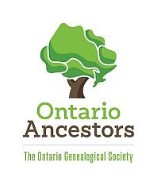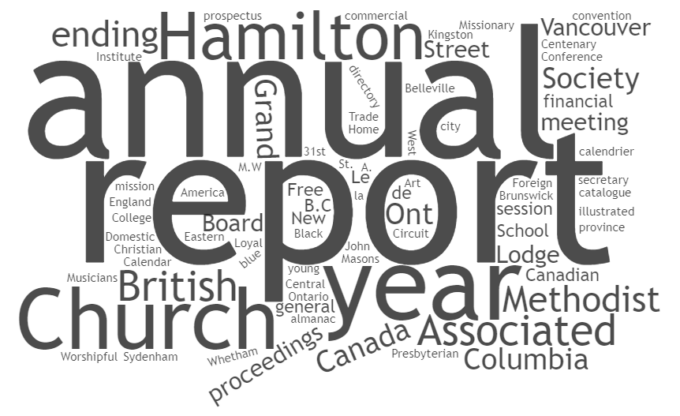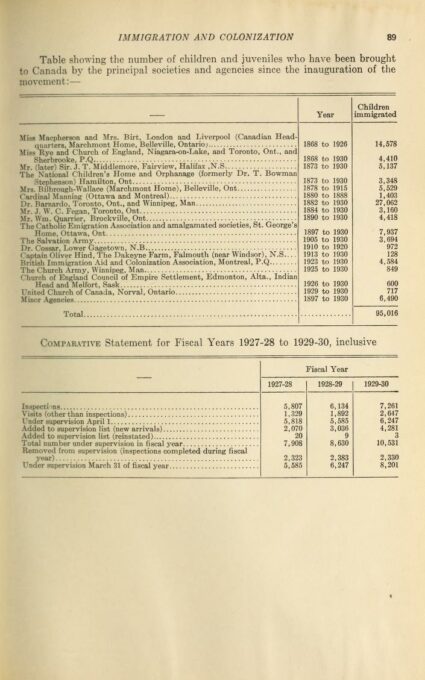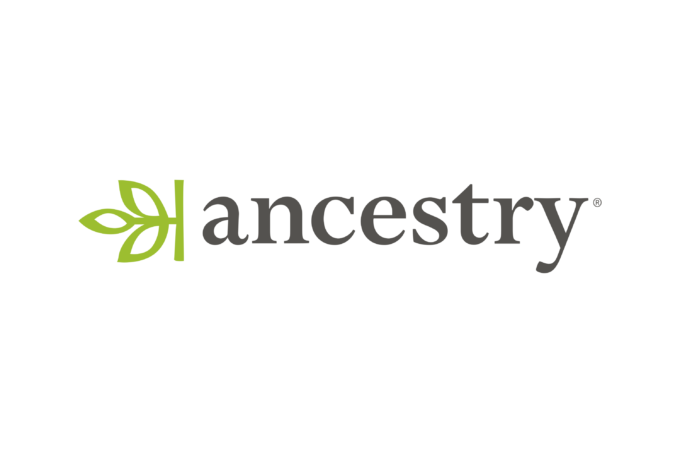When estimating the number of home child descendants living in Canada and the proportion of the present population they constitute, it’s essential to account for “leakage.”
How many home children and subsequent generations left Canada? Was it in more significant numbers than the general Canadian population? Having moved at least once, so being less firmly rooted, they may have been more inclined to seek greener pastures by returning to their roots in the UK or trying their luck in the USA or further afield.
There’s some pertinent information in an undated confidential publication from the Dominion Bureau of Statistics, Canadian Immigration Policy and Backgrounds, which includes data as late as 1937. To summarize:
1901-1911: Immigration was 1,847,651. The net
growth in the immigrant population was 887,461, so 960,190 were lost, perhaps no more than 90,000 of those to death. That’s 47% lost to emigration.
1911-1921: The text mentions, “In 1921, only 50.3 percent of the survivors of the 1911-21 immigrants were still in Canada.” That means by the end of the decade, 49.7% of immigrants were not residents, which would include war dead.
1921-1931: “From calculations based on the Censuses of 1921 and 1931, on the percentage of immigrants still living who arrived in any decade and are still in Canada, we find only about 26.3 percent, or 1 in 4 remain for a period of over 30 years, 38.8 percent for 20-30 years, around 42 percent for 10-20 years, while a little over 50 percent. remain after from one to ten years.”
A reasonable conclusion is that estimates of the percentage of home child descendants in today’s population that do not account for emigration from Canada will be wild overestimates.



 Until 15 February OGS/Ontario Ancestors is accepting proposals for Branch and Special Interest Group centralized programming for 2024.
Until 15 February OGS/Ontario Ancestors is accepting proposals for Branch and Special Interest Group centralized programming for 2024.  On 26 January, 60 more items were added to the Canadiana collection. Items, like annual reports, from the second half of the 19th century predominate. This time, there are several from Hamilton churches and two years of class lists from Hamilton Collegiate Institute.
On 26 January, 60 more items were added to the Canadiana collection. Items, like annual reports, from the second half of the 19th century predominate. This time, there are several from Hamilton churches and two years of class lists from Hamilton Collegiate Institute.
 This index provides information about historic properties in the United Kingdom and Ireland and their owners between 1222 and 1967. The properties in the index have been converted into public accommodations. The index, 481 records, is searchable by property location, property name, and associated family surnames.
This index provides information about historic properties in the United Kingdom and Ireland and their owners between 1222 and 1967. The properties in the index have been converted into public accommodations. The index, 481 records, is searchable by property location, property name, and associated family surnames. The FreeBMD Database was updated on Monday, 22 January 2024, to contain 290,006,167 unique entries, up from
The FreeBMD Database was updated on Monday, 22 January 2024, to contain 290,006,167 unique entries, up from